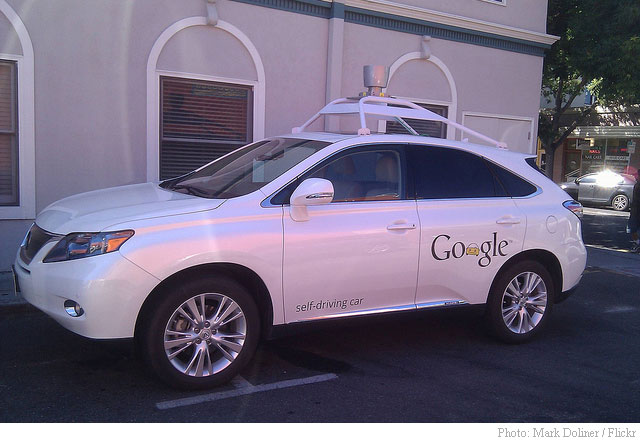The self-driving car race, one of the most obvious and redefining trends in the automotive space is officially on. According to reports by The Information, Google’s self-driving car unit, Waymo, is getting ready to roll out an autonomous — as in, no steering wheel, pedals, or human drivers required commercial ride-hailing service as soon as this fall.
The publication reveals that the services’ first self-driving Fiat Chrysler vans, a fleet that will act as a competitor to Uber and Lyft could even start picking up passengers in the suburban city of Chandler, Arizona (near Phoenix,) where Waymo has been testing its technologies while racking up nearly 3 million test miles, later this month.
The report further notes that engineers at Alphabet’s-owned unit are currently trying to iron-out artificial intelligence wrinkles that could lead the driverless vehicles to having persistent problems when navigating left turns, particularly when there’s no green-arrow signal.
Last month in a blog post, Waymo lead software engineer James Stout touched on left turn complications, saying: “Turning left too soon may cause a driving hazard for oncoming traffic; making the move too late may mean frustrated drivers behind.”
Waymo’s difficulties in programming self-driving vehicles are seemingly not the only issues the company is facing. According to The Information‘s report, its engineers are frustrated with Waymo CEO John Krafcik’s lack of apparent technical knowledge about autonomous vehicles. Krafcik, a former Hyundai Motor chief executive and an industry veteran, was brought on by the search giant to lead their self-driving car unit. Along with being frustrated about Krafcik’s technical knowledge issues, the report states that Waymo’s tech personnel are unhappy with the executive for always siding with Alphabet (NASDAQ:GOOG, GOOGL) co-founders Larry Page and Sergey Brin for allegedly unrealistic hiring freezes and for wanting to launch the autonomous ridehailing service as far back as last year.
But despite these reported internal issues and technical complications, Waymo says they are about to get resolved, stressing that the most important issue, their driverless vans, which function by utilizing multiple detection techniques with regard to their surroundings, are being tested and improved. They also say the company is far ahead of competition and that they have made progress on the left turns issue by using simulations as a way to train their cars to learn tricky turns.
“Waymo’s foes, including traditional carmakers, will be watching closely,” The Information reported.
Google started work on self-driving cars in 2009, and spun off Waymo into a newly independent autonomous car company under the Alphabet umbrella last year.
Currently, and as mentioned, Google targets late 2017 to launch its ride-sharing service. Most of Waymo’s rivals, including China’s Didi Chuxing, which in a blow to Uber Technologies Inc. received a $1 billion investment from tech giant Apple (NASDAQ:AAPL) earlier this year, are aiming to launch their services in 2020 or later.
It goes without saying that the days when autonomous services will be the norm are almost here.
- Bulenox: Get 45% to 91% OFF ... Use Discount Code: UNO
- Risk Our Money Not Yours | Get 50% to 90% OFF ... Use Discount Code: MMBVBKSM
Disclaimer: This page contains affiliate links. If you choose to make a purchase after clicking a link, we may receive a commission at no additional cost to you. Thank you for your support!




Leave a Reply